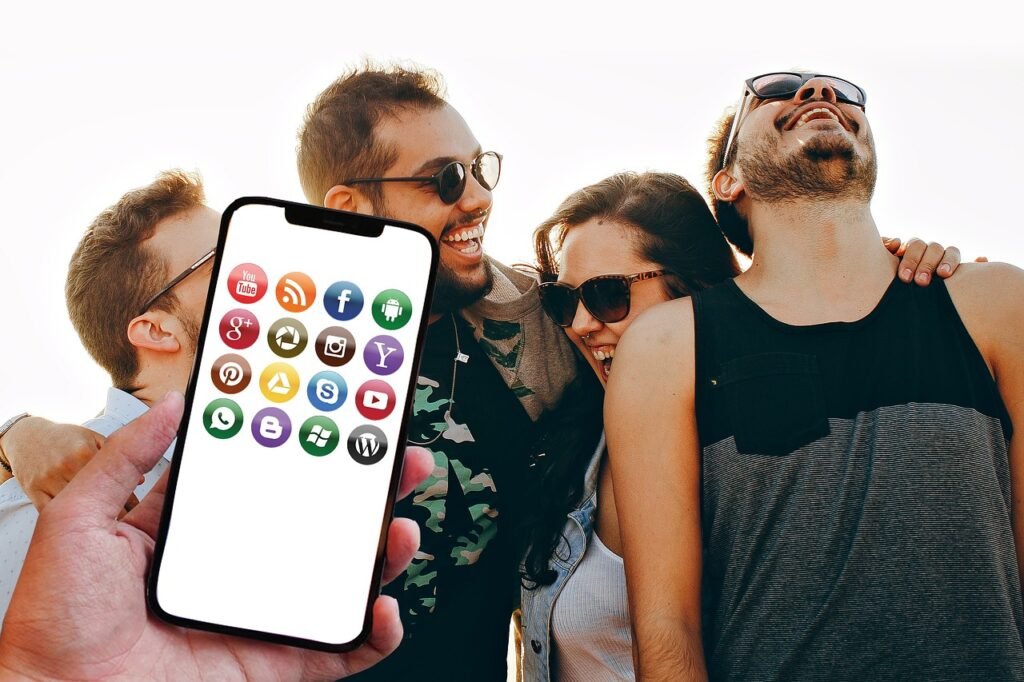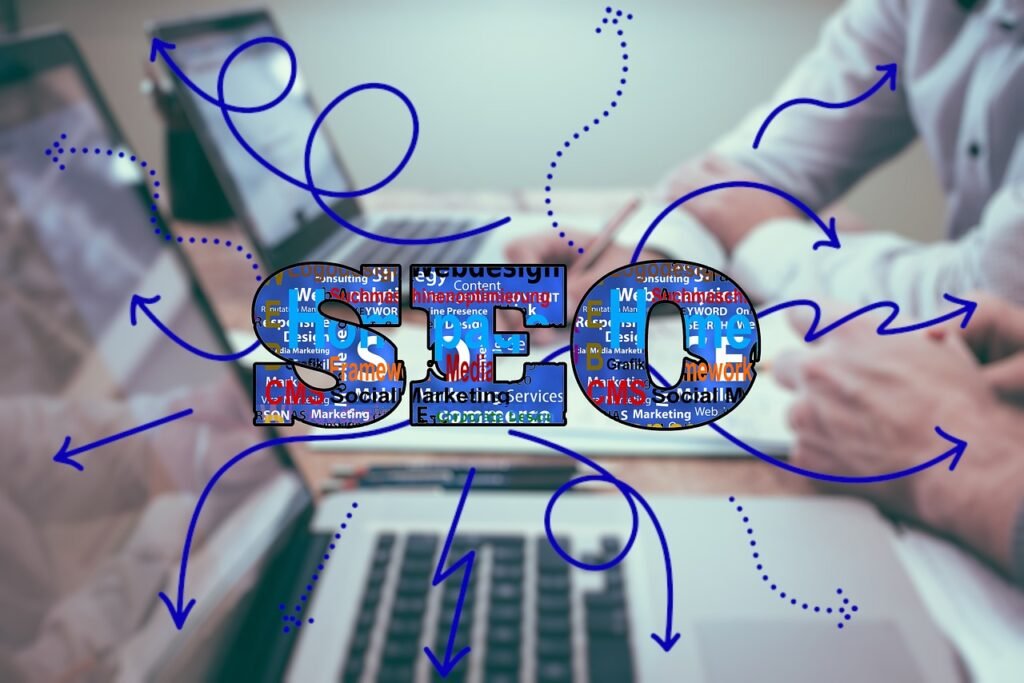How AI Is Transforming Social Media Marketing: Tools, Benefits, and Real-Life Examples
Artificial Intelligence has become a powerful tool for social media marketers around the globe. More and more organizations are leaning toward different AI tools to facilitate their processes, personalize content, and improve customer journeys across different platforms. With 97% of business leaders stating that AI optimizes data and insights for social media in ways that elevate marketing performance, it goes without saying that AI is not just a trendy phenomenon; indeed, it is transforming how businesses communicate with their audience. In this article, we talk about how AI has redefined the landscape of social media marketing, how some of the top AI tools integrate into that landscape, and how some real-world brands have utilized AI for their success in social media.By analyzing user behavioral patterns, content creation, and intelligent campaign deployment, AI provides businesses or marketers with an advantage in social media marketing. Machine learning, natural language processing, and data analysis are all AI technologies aimed at better understanding and responding to target audiences. AI helps to analyze and interpret voluminous amounts of social media data, which in turn can help guide decision-making on content strategy, targeting, and ad performance.AI allows marketers to truly provide customers with personalized experiences, where content is highly relevant and timely. It is no longer just about running a few ads; it is about delivering the right message at the right time to the right person – this is where AI comes in.Social Media Marketing Revolutionized By AIIn reality, the influence of AI on social media marketing has a wide spectrum. Here, we will discuss the highly critical AI aspects that can enhance the marketing initiative:Content GenerationGenerating content takes time-consuming work mainly when marketers juggle between multiple platforms or when creating more long-form content. Hence applications like ChatGPT, Jasper, and Claude come in handy to help marketers come up with splendid social media posts, blogs, and videos depending on essential guiding parameters like target audience and tone, style, or brand voice. This saves one time while making sure that the delivered content is in line with the preferences of the audience.For example, marketers can enter a few keywords and prompts, and AI tools will suggest content that resonates with their target demographic. AI can automate and speed up content creation, freeing people from spending huge amounts of time on other tasks, either to an exciting Instagram post or a complicated article.Influencer MarketingInfluencer marketing has emerged as a very promising buzz against niche-specific brands. However, the search of finding the right one for a specific brand can be quite difficult. This is where the new breed of AI tools come to rescue marketers by pinpointing good influencers with such following that readily fits that brand’s target audience. AI also allows fraudulent influencers to be filtered out and their engagement rates evaluated, while their performance is monitored, thereby ensuring that the advert is well worth your money.An example is the luxury brand Balmain that used virtual models for influencer marketing campaigns, marrying AI and so-called influence to create a whole new world of cool and futuristic effects at the viewer’s eye for attention.PersonalizationPersonalization of content is important for laying an imprint in one’s mind. AI can actually analyze user behavior, preferences, and interactions on social media to provide content that is more personalized, relevant, and engaging. An excellent example of AI personalization in recommending content based on user behavior is TikTok, making the platform almost search-centric and far removed from merely being a video-sharing app.AI-based social listening tools provide marketers with the ability to track trending topics and keywords, thereby enhancing the relevance of their content. Such a personalization engages customers, thereby strengthening the love bond between brands and their audiences.Customer ServiceSocial media is getting fast into customer service territory. AI-enabled chatbots on the Facebook Messenger or WhatsApp allow businesses to respond instantly and in real time to customer queries, 24 hours a day. The bot can be set up for answering frequently asked questions, general inquiries, and even assisting customers with a purchase with personalizing on the way.For instance, Coca-Cola employs an Instagram bot that assists customers in finding nearby restaurants and making reservations, thus providing an enhanced customer experience with some sales generation.AdvertisingWith increasing online noise, AI adoption has become a necessity for businesses that want to fine-tune their targeting, content, and budget. AI tools collect and analyze performance data in real time in order to leverage finer tuning and audience segmentation to predict advertising outcomes with the highest potential for success. AI can be used by businesses in advertising in a way that maximizes their ROI by showing appropriate and engaging ads to their intended target.An example of this is Cosabella, a lingerie retailer that has changed its digital agency to an AI platform called “Albert.” It helped the Adopter find emergent user behaviors and trends that can translate into actionable advice as to how to better plan the paid search and social media campaigns.Most important AI tools to enhance social media marketingThere are numerous AI tools that make research in the selection of tools a difficult task. These are some of the leading their kind of AI tools that can assist you in optimizing your social media marketing strategy:ChatGPT: A generative AI that generates human-like text responses for social media posts, blogs, emails, and others.DALL-E & MidJourney: AI engines that convert text input into an image-making; great to create some very good images on social networks.Brandwatch – Monitors and analyzes social media and web conversations, thereby helping businesses to stay aligned with trends and customer sentiment. Sprout Social – A one-stop social media management package for scheduling posts, engaging followers, and analyzing performance. AdEspresso – An ad-oriented tool for optimizing and managing social media ad campaigns. Upfluence – An influencer marketing platform that helps brands find and connect with influencers that follow their ideals. Grammarly – An AI writing assistant that helps the marketer enhance content with respect to grammar, style, and tone. ManyChat – Helps automate Instagram DMs, Facebook Messenger, and
How AI Is Transforming Social Media Marketing: Tools, Benefits, and Real-Life Examples Read More »

